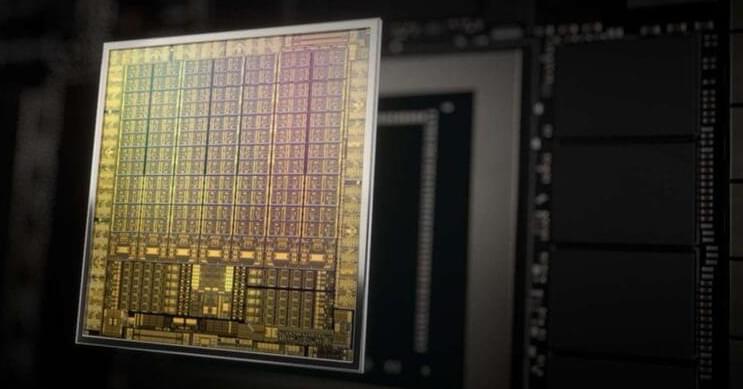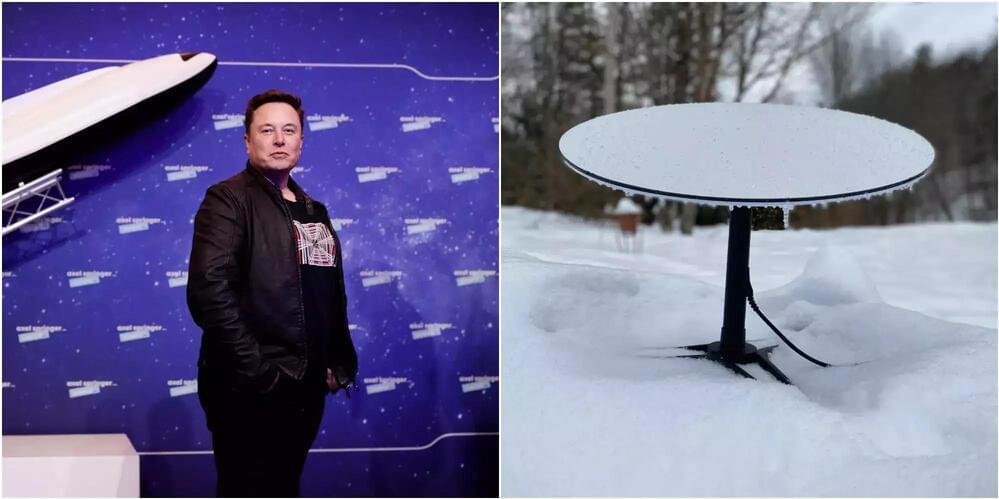But no other genuine details have so far made it out of the stolen data folder.
The reported Nvidia hack has allegedly thrown up the codenames of a bunch of next-gen GPUs, which have now been leaked out to the press. The most pertinent ones for us would be the Lovelace GeForce GPUs, of which there are six listed, but here are also listings for the server-based Hopper and Blackwell GPUs. This looks to have come from an initial leak of some of the stolen documents, supplied to Videocardz.
The green team is allegedly being held to ransom over the Ethereum hash rate limiter attached to its most recent graphics card release after hacking group, Lapsus$, made off with around 1TB of sensitive data.





